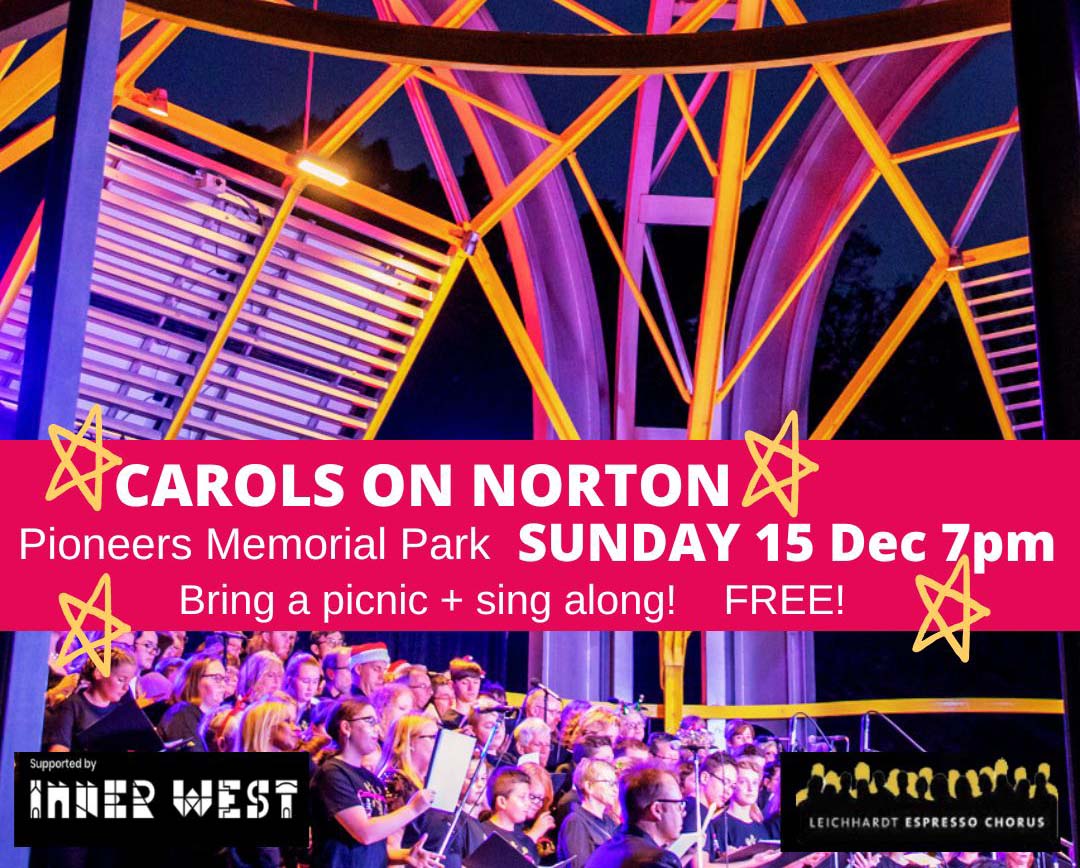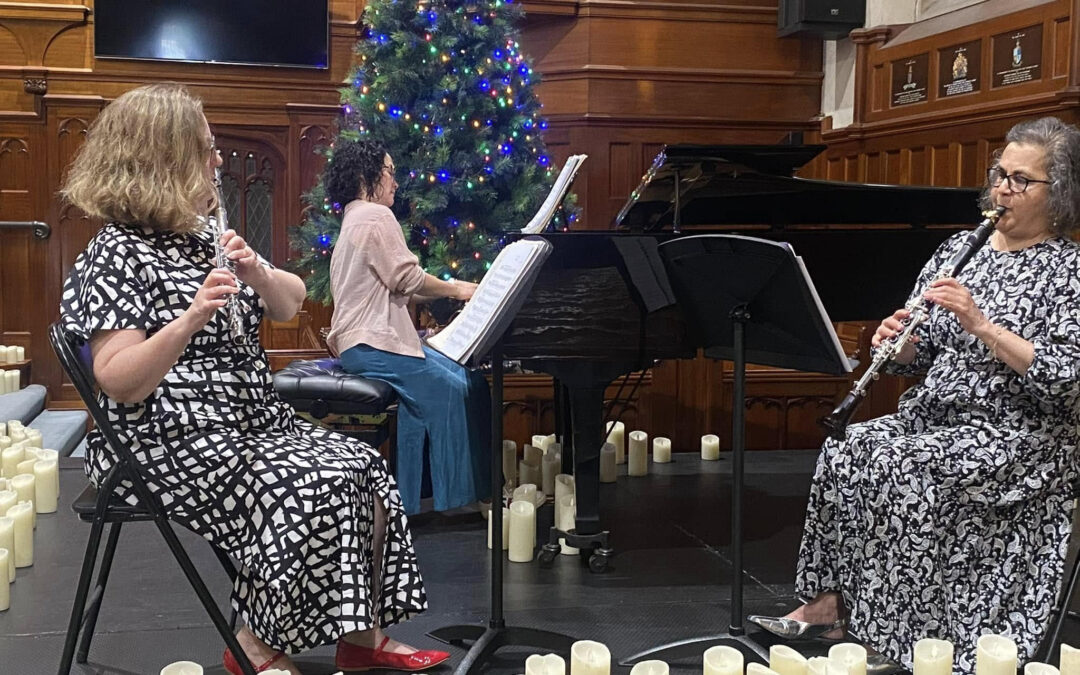The Omega Ensemble is in its tenth year and is the “Ensemble in Residence” at City Recital Hall in Sydney. From the outset it had a high standard of music making and this promise has held up. They have a strong commitment to new music which was evident in this program. As well as presenting the headline chamber arrangement of Mahler’s fourth symphony, the first half of the concert presented two significant works by contemporary Australian composers.
All three pieces featured a part for solo soprano. Jane Sheldon was originally slated, but she pulled out due to health reasons and was replaced for this and other concerts (with different repertoire) by the Melbourne based soprano Lee Abrahmsen. What a mammoth task to bring all that repertoire from nothing to performance standard in 6 days. She gave us an accomplished performance of this often difficult music with her strong, warm and well-centred voice. I stand in awe of her achievement.
Stanhope’s Songs of the Shadowland was the highlight
For me Paul Stanhope’s 1999 composition “Songs for the Shadowland” was the highlight of the concert. It is a hauntingly beautiful setting for voice, oboe, clarinet, bassoon, horn and piano of three mourning poems by the indigenous poet Oodgeroo Noonuccal. The lyrical interplay of voice, oboe and clarinet made a texture reminiscent of Canteloube’s “Songs of the Auvergne” but, while the words of the poems are personal, here the soulful music had an aching undertone of deep collective sorrow. The performance was impressive and intense throughout, but Michael Dixon’s extended and very exposed horn solo deserves especial praise. Stanhope was in the audience but disappointingly was not acknowledged; he deserves especial acclamation for this piece.
Mark Isaacs’ Chamber Symphony, conducted by the composer and especially commissioned for this ensemble, was a world premiere performance. It is symphonic in its construction and was played with feeling and precision by the ensemble. From a composition point of view the voice part which was only scored in the inner movements, with its “da-da-dee” text felt a little tacked on, but the piece kept the audience’s interest and was ultimately satisfying. If “Shadowlands” is compared to “Songs of the Auvergne”, Isaacs’ piece in its more ecstatic moments had flashes of Strauss’ “Four Last Songs”.
Mahler’s fourth had a rich and warm tone from the beginning
As a listener I approached the chamber arrangement of Mahler’s fourth with some trepidation. I recently saw a performance of Brahms’ Requiem with Brahms’ 2 piano transcription instead of an orchestra. That performance was sadly disappointing for lack of the full orchestra and just seemed like an economy measure rather than a “special musical treat”. The Mahler arrangement here was fortunately not disappointing in the same way. From a scoring point of view, a single horn represented the whole brass section, the woodwinds were quartered and strings decimated, but the tone from the beginning was rich and warm. The musicians gave every phrase their full commitment and made the best of it at every turn.
I am ambivalent about Mahler’s Fourth even in its full orchestral version; it often alternates between brimming with imaginative material and uninteresting. There is a thin line between “child-like innocence” and childish; Mahler’s choice of text and sometimes his musical settings do not come out on the right side of this divide. Rendering the Fourth as a chamber work did nothing to enhance these issues in the original piece.
Omega Ensemle is impressive
I must stress however, this in no way reflects the performers commitment and very able rendition; they were uniformly wonderful. The Omega Ensemble is impressive. I will always be happy to attend any of their concerts and to recommend you do so too.
Review for:
![]() Omega Ensemble Virtuoso Series: Mahler’s Fourth | Monday 20 July 2015 | City Recital Hall
Omega Ensemble Virtuoso Series: Mahler’s Fourth | Monday 20 July 2015 | City Recital Hall ![]()




























